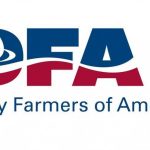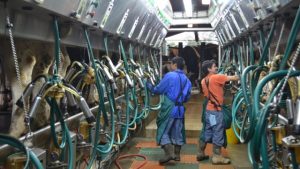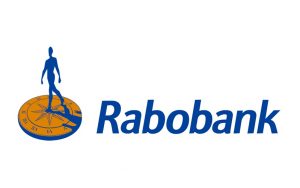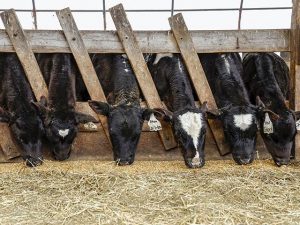
In the changing terrain of the American cattle industry, a significant shift is occurring as the nation’s beef cow herd inventory hits its lowest levels since the 1960s. The catalyst for this change? A sharp increase in consumer demand for beef.
A shrinking national beef herd plus growing consumer demand means a strong cattle market for years to come. For U.S. dairy cattle producers, this means there could be great opportunity to breed for beef-on-dairy crosses.
CEO of Holstein Association USA John Meyer shed some light on this revolutionary moment, emphasizing the critical role played by the registered Holstein cow. Long valued by the beef industry, the Holstein cow is now at the forefront of the burgeoning beef-on-dairy trend.
“Some of the very early research on this shows how important the Holstein cow is to beef supply in this country,” Meyer explains. “Statistical information indicates that the best beef, based on various tests, comes from a straight Holstein cow.”
By strategically crossing Holstein cows with beef breeds, dairy farmers stand to produce high-choice or even prime grading animals, translating to significant profit potential. Meyer envisions a new profit center emerging for dairy operations, where animals are raised and fed on the farm from birth to harvest, providing a level of control over the entire lifecycle.
Dr. Dale Woener, an animal science professor at Texas Tech University, underscores the mutual benefits of beef-on-dairy programs for both the dairy and beef industries.
“The beef-on-dairy crosses are definitely needed by both the dairy and the beef industries today,” Woener says, pointing out that these crosses enhance feed efficiency, increase beef production, and contribute to heavier carcass weights and higher red meat yields — particularly in the aftermath of drought-forced liquidation.
Woener also emphasizes the wealth of information and genomic data that accompanies U.S. registered Holsteins, offering producers unparalleled insights into carcass merit, growth potential, feed efficiency, and other critical traits. This influx of data is revolutionizing the industry especially when coupled with Holstein Association USA’s advancements like “Hol-Sim” program, which provides sire recommendations for breeding registered Holsteins with Sim-Angus bulls.
“Any way you slice it, Holstein has to be in the mix when it comes to the beef-on-dairy business,” Meyer predicts. “And I think those opportunities are going to be really, really good as we go forward.”

























